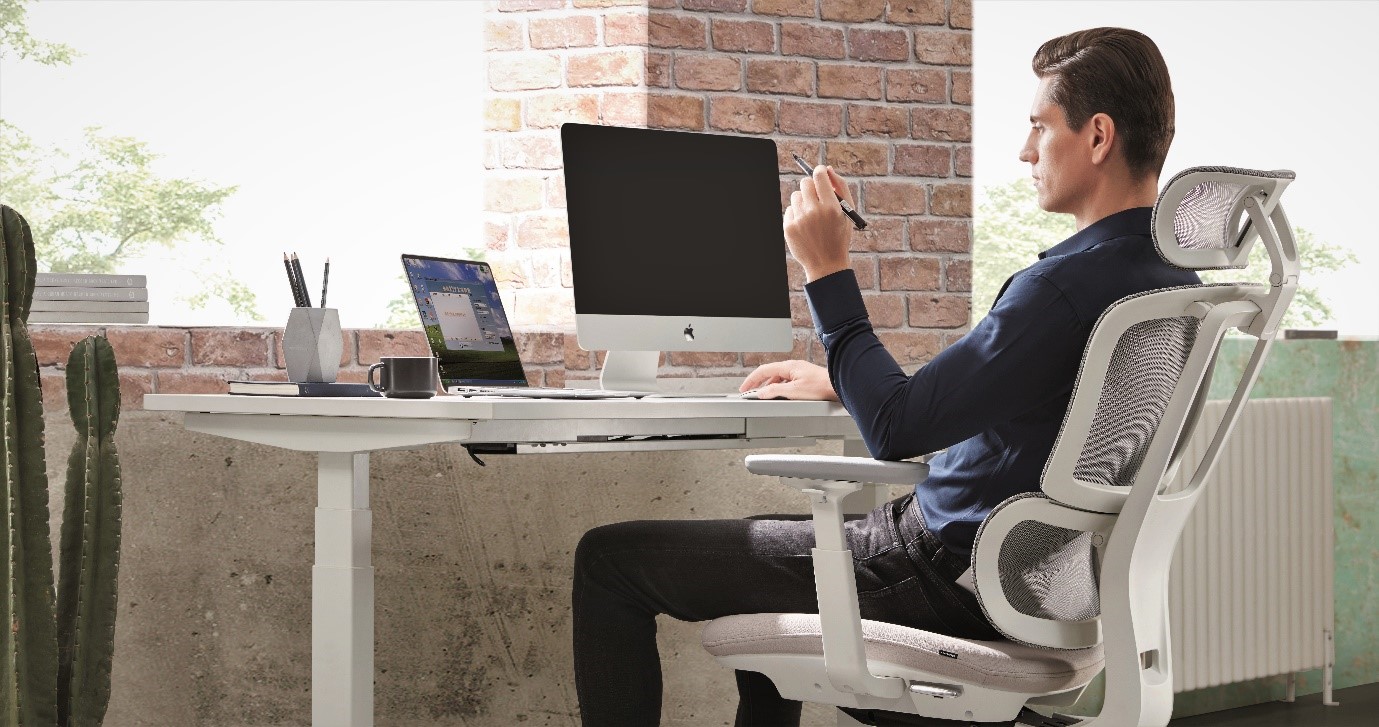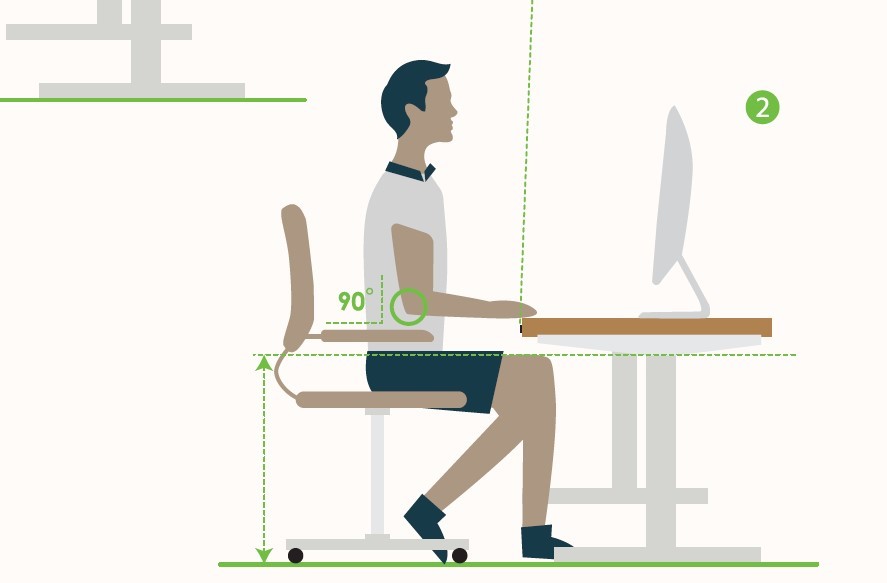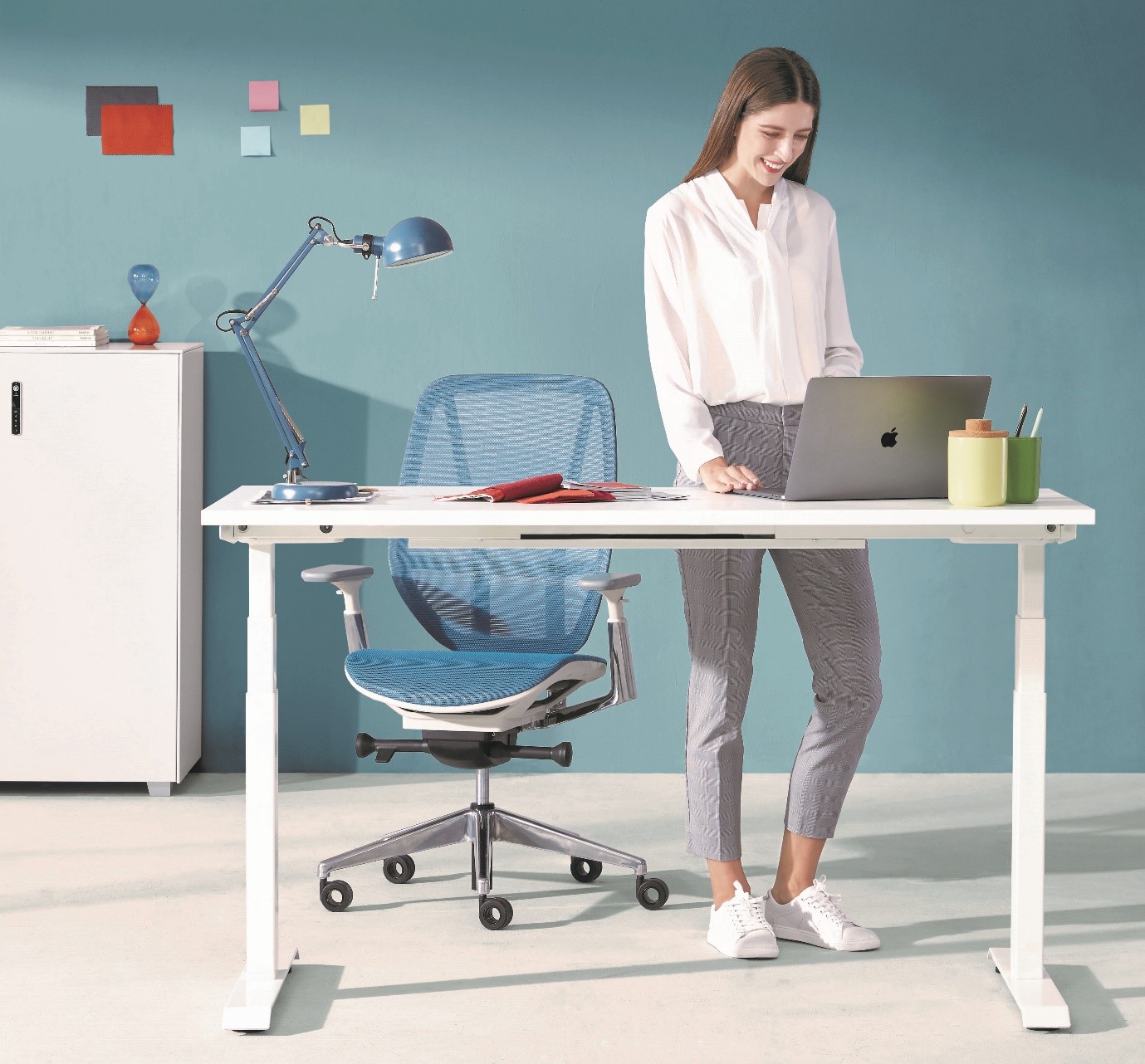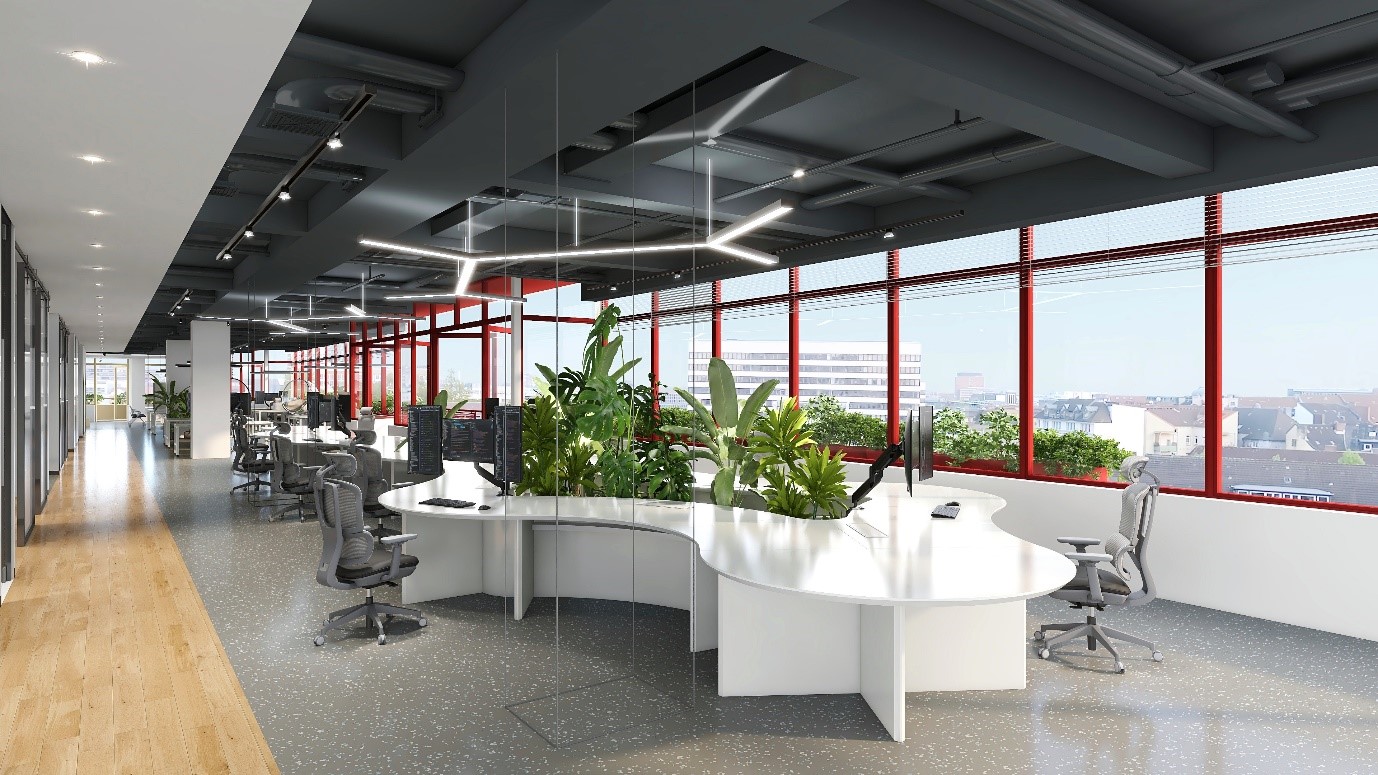
Modern offices and technology have their own perils. While it has made work easier, it has also made it much more repetitive and sedentary. This has created many ergonomics challenges, which in turn have increased the rate of musculoskeletal disorders (MSDs) in employees. Also, poor ergonomic practices can lead to lower productivity and in extreme cases physical injury. There is an urgent need for organizations to maintain stimulating and healthy environments for their employees. A safe and healthy work environment is a productive work environment.
Understanding Office Ergonomics
Office Ergonomics is based on adjusting workplace equipment and workstations in such a way that people find them more comfortable and accessible, allowing them to focus better at work and reduce the mental and physical stress during the workday. The office workplace has ergonomic challenges resulting from the use of common office tools like computers, laptops, and chairs. Knowing how to adjust the office workstation to fit the office worker, using proper work practices, and following a proven ergonomic improvement process can improve overall wellness. The goal of good ergonomics is to design the office workstation so that it works for the user and creates a comfortable working environment for maximum productivity and efficiency.

Best practices and tips you need to follow
Improving ergonomics in the office is not difficult, and provides great benefits. When it comes to office ergonomics, small adjustments can make a world of a difference. Having ergonomic furniture is not enough, it is also the responsibility of each employee to make sure they are using good ergonomics at their own workstation. In this article we look at the most important ergonomic practices you and your staff need to start following in your office:
1. Identify the issues
Every office has different ergonomic challenges so it’s important to identify the issues. You can follow this three-step process:
· Interview your staff and ask for feedback
· Perform a risk assessment and study past workplace injuries
· Find solutions and the required changes
2. Posture and position
The number one ergonomic priority is establishing a good working posture at their workstation. Number two is setting up the workstation right. Here are few tips to help you out:
· Sit straight with hands, wrists, and forearms that are straight, inline, and parallel to the floor.
· Elbows should be bent at a 90° angle. If they are not, adjust your office chair higher or lower, as necessary.
· Monitors and other screens should be placed at eye level
· The Keyboard and mouse should be placed where they can be accessed without breaking the neutral positioning rules.
· Place both feet on the ground and bend your knees and hips at a 90° angle.

3. Adopt 20-20-20 rule
If you have a desk job, then looking at a computer screen continuously can be harmful to the eyes.
In such cases, the 20-20-20 rule is recommended. This means that for every 20 minutes you spend looking at a screen, you should look away at an object that is 20 feet away for a minimum of 20 seconds. This will help you to relax.
4. Stretch at your desk
Get up from your desk and stretch, or flex every 30 minutes. Simply changing postures brings blood flow to areas of your body that was were previously stagnant. Try to incorporate at least one stretch for each part of your body.
5. Try sit-stand desk
The human body simply wasn’t designed to sit for prolonged periods of time. That is why Sit-stand workstations have become an important element in creating an ergonomically friendly workplace. The best way to work is to periodically switch between sitting and standing. The ideal ratio of time of sitting and standing for maximum health lie between 1:1 and 1:3. This means at a minimum, for every hour, stand at least for 30 minutes (1:1 ratio) and at a maximum, for every hour, stand for 45 minutes (1:3 ratio).

6. Take breaks and move around
This is perhaps the most important tip on the list-- get up and move around. Once an hour, everyone should stand up and take a few minutes to walk down the hall, get a coffee, talk to co-workers, anything that gets them out of their chair. Encouraging regular movement breaks can help reduce fatigue, minimize work-related MSDs, create a healthier workplace, and increase productivity.
7. Reduce repetitive motions
Repeating the same motion over and over is going to cause stress and eventually lead to injury. The best way to combat this problem is by changing tasks. Doing something else and performing a different movement will reduce the potential for injury on the tissues.
It’s important to take note of any ongoing symptoms like aching, stiffness, or soreness on the shoulders, back, and neck which can help determine any patterns in your daily routine that may be contributing to the pain.
8. Environmental setting
One of the most overlooked aspects of office ergonomics is the workplace setting. Proper lighting, temperature, air quality, and sights & smells are ergonomic essentials. A good desk lamp that minimizes eye fatigue and strain. Choose a temperature that is comfortable for as many people as possible. Acoustics, air-purifiers, and indoor plants are all good ways to improve the ambiance of your office and help employees relax.

The Takeaway
Use these ergonomic tips today to synchronize your workstation, office chair, and your posture to help relieve unwanted stresses on your spine and other joints. Incorporate ergonomics into your wellness program to ensure an injury-free work environment and increased productivity. But no matter how well a company designs its workspace, it’s ultimately up to us all to ensure that good ergonomic practices are followed.